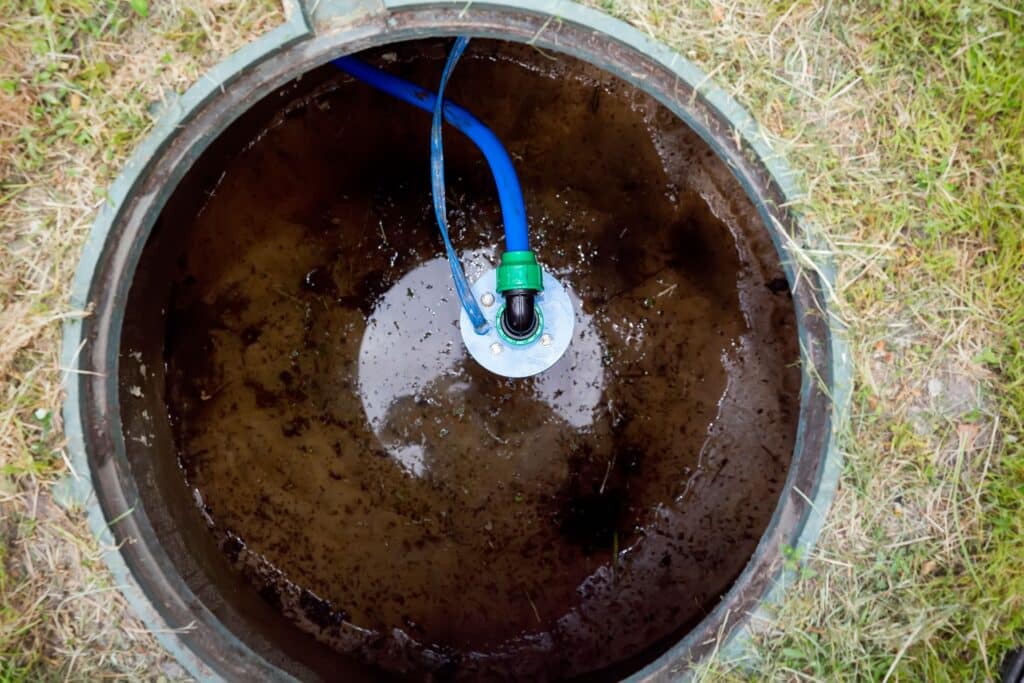So, your home’s well pump has decided to take an unexpected hiatus, leaving you high and dry. Don’t panic just yet! Before you dial up a professional plumber in distress, let’s walk through some troubleshooting steps to see if we can’t get that water flowing again.

Step 1: Check the Power Supply
It may seem obvious, but sometimes the simplest solutions are the most overlooked. Ensure that the power supply to your well pump is intact. Check the circuit breaker or fuse box to see if the pump’s circuit has tripped or if there’s a blown fuse. If everything looks good here, move on to the next step.
Step 2: Inspect the Pressure Switch
The pressure switch plays a crucial role in activating your well pump. Inspect it to see if it’s functioning correctly. You can do this by listening for a click when you manually lift the switch lever. If you don’t hear a click, the switch may need to be replaced. If the switch seems fine, proceed to the next step.
Step 3: Check the Pressure Tank
A malfunctioning pressure tank can also cause your well pump to stop working. Check the pressure tank’s pressure gauge to ensure it’s within the recommended range. If the pressure is too low, you may need to add air to the tank. Conversely, if the pressure is too high, you may need to release some air. Additionally, inspect the tank for any signs of leaks or damage.
Step 4: Examine the Well Pump Itself
Now it’s time to take a closer look at the well pump. Start by checking the pump’s motor to see if it’s running. If it’s not, there could be an issue with the motor or its electrical connections. In this case, it’s best to call in a professional plumber to diagnose and repair the problem.
If the motor is running but the pump still isn’t working, there may be an issue with the pump itself. Inspect the pump for any signs of damage or blockages. Sometimes debris or sediment can accumulate in the pump, preventing it from operating properly. If you suspect this is the case, you may need to clean or have the pump repaired.
Step 5: Test the Well’s Water Level
Finally, it’s essential to ensure that there’s actually water in your well. If the water level is too low, the pump may not be able to draw water effectively. You can test the water level by lowering a tape measure or weighted string into the well until it reaches the bottom. If the water level is below the pump’s intake, you may need to wait for the well to replenish or consider lowering the pump.
Get Help from a Professional Plumbing Company
While a non-functioning well pump can be a frustrating problem, it’s not the end of the world. By following these troubleshooting tips, you can often identify and resolve the issue on your own. However, if you’re unable to get your well pump up and running again, don’t hesitate to reach out to us at Michael Runk Plumbing and Heating. We look forward to working with you!
